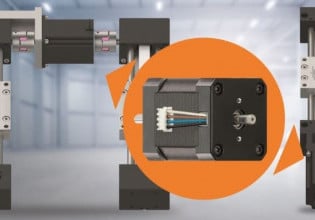F
Dear all,
My plant is using GE 9FA single shaft machine (350MW) and recently we had our compressor offline water wash as the compressor blades has fouled.
After the offline washing done, we did our baseload test and found that the power output is not resume back to 350MW as per previous wash but only at 347MW (still lack of 3MW).
Parameters did not change obviously compare with previous wash cycle.
* TTRF remain the same = 1332'C, CPD = 14.4bar with ambient temperature=29'C, RH =65%, Exhaust Temp = 620'C, HP steam inlet pressure = 97 barg, IGV angle = 89' and inlet air filter dp = 40mmH20 flow gas consumption = 16.7kg/s
Anybody had experience this kind of weird phenomena and how you guys remedy it? Thanks for the help!
My plant is using GE 9FA single shaft machine (350MW) and recently we had our compressor offline water wash as the compressor blades has fouled.
After the offline washing done, we did our baseload test and found that the power output is not resume back to 350MW as per previous wash but only at 347MW (still lack of 3MW).
Parameters did not change obviously compare with previous wash cycle.
* TTRF remain the same = 1332'C, CPD = 14.4bar with ambient temperature=29'C, RH =65%, Exhaust Temp = 620'C, HP steam inlet pressure = 97 barg, IGV angle = 89' and inlet air filter dp = 40mmH20 flow gas consumption = 16.7kg/s
Anybody had experience this kind of weird phenomena and how you guys remedy it? Thanks for the help!






